01 Oct 12 Places to Visit in Azerbaijan beyond Baku
Azerbaijan is surprising. Once you are in a beautiful city that looks like Paris and feels like Dubai. The next moment, you are skiing on the slopes of the Caucasus Mountains. Mud volcanoes, rainbow-coloured hills and desert towns are not far behind. Even the food is unique – a mix of Persian, Turkish and Russian flavours. To experience this, you will have to travel out of Baku. The more you travel, the more you can experience the raw beauty of Azerbaijan.
To help you plan, here are 12 places that you should put on your travel list in Azerbaijan outside Baku. Take your time since it can be a ride of extremes. Some of them are popular weekend towns and some of them are completely offbeat destinations without much trace of tourism.
1. Sheki — Historical & Cultural village
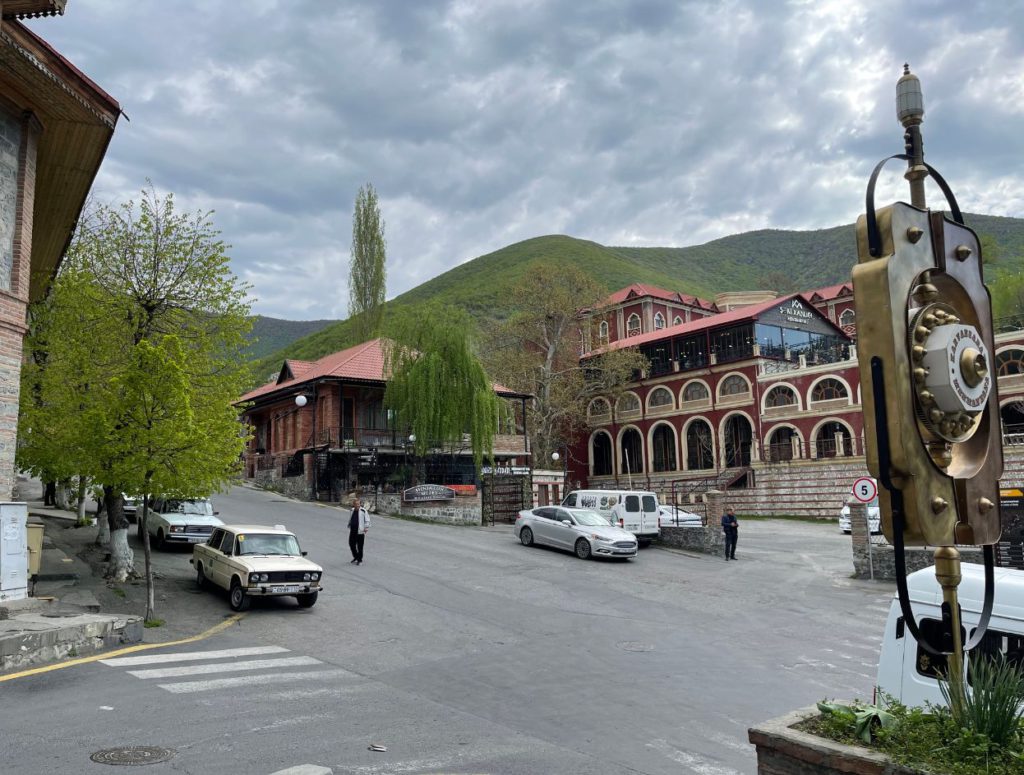
Sheki old town is one of Azerbaijan’s loveliest mountain settlements. The jewel is the Palace of the Sheki Khans — a small wooden-and-painted palace famous for its intricate shebeke (stained-glass lattice windows), frescoes and carved wooden interiors. The historic centre’s combination of timber houses, green valleys, and mountain air makes it an easy favourite.
Highlights: Sheki Khan’s Palace, traditional caravanserai and bazaars, local sweets (halva and pakhlava), and nearby forests and hiking. The town’s compact layout is perfect for wandering.
How to get there: By road, about 4–5 hours from Baku (coaches and hourly minibuses—marshrutkas—depart the main bus terminal), or you can fly to nearby Gabala and continue by road. If you drive yourself, the scenery through the Caucasus foothills is a major plus.
Suggested stay: 1–2 nights (enough for palace, bazaars and a relaxed walk).
Planning to visit Sheki? Read our itinerary on visiting Shamaki, Gabala and Sheki from Baku
2. Gabala (Qabala) — mountain adventure and resorts
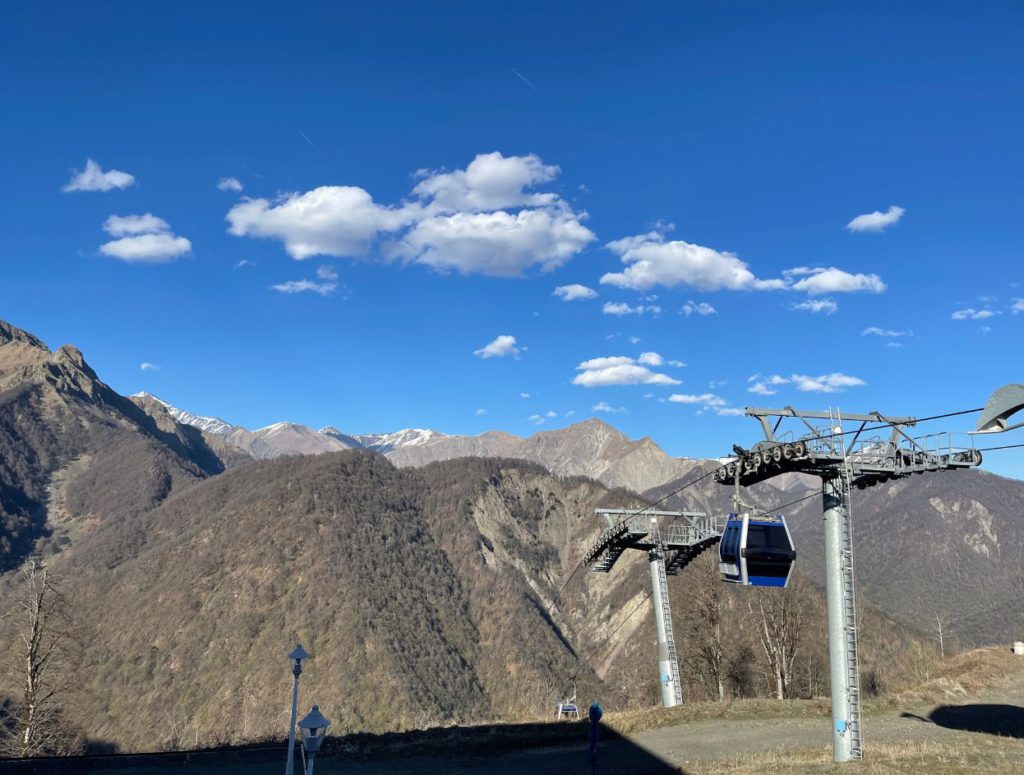
Gabala sits higher in the Greater Caucasus and balances nature with family-friendly outdoors: waterfalls, cable cars, and winter sports at Tufandag. In summer, you’ll find hiking, lakes and cool air; in winter, the ski infrastructure attracts local holidaymakers.
Highlights: Tufandag Mountain Resort (cable car and skiing), Nohur Lake, waterfalls and the nearby ruins and ethnographic museums. Gabala is also a practical base for exploring Sheki or the surrounding forests.
How to get there: Roughly 3–4 hours by road from Baku; there are private transfers, day tours and buses. Some visitors fly to Gabala’s small airport for convenience.
Suggested stay: 1–2 nights (or more if skiing/hiking).
3. Ganja — Azerbaijan’s second city (history & culture)
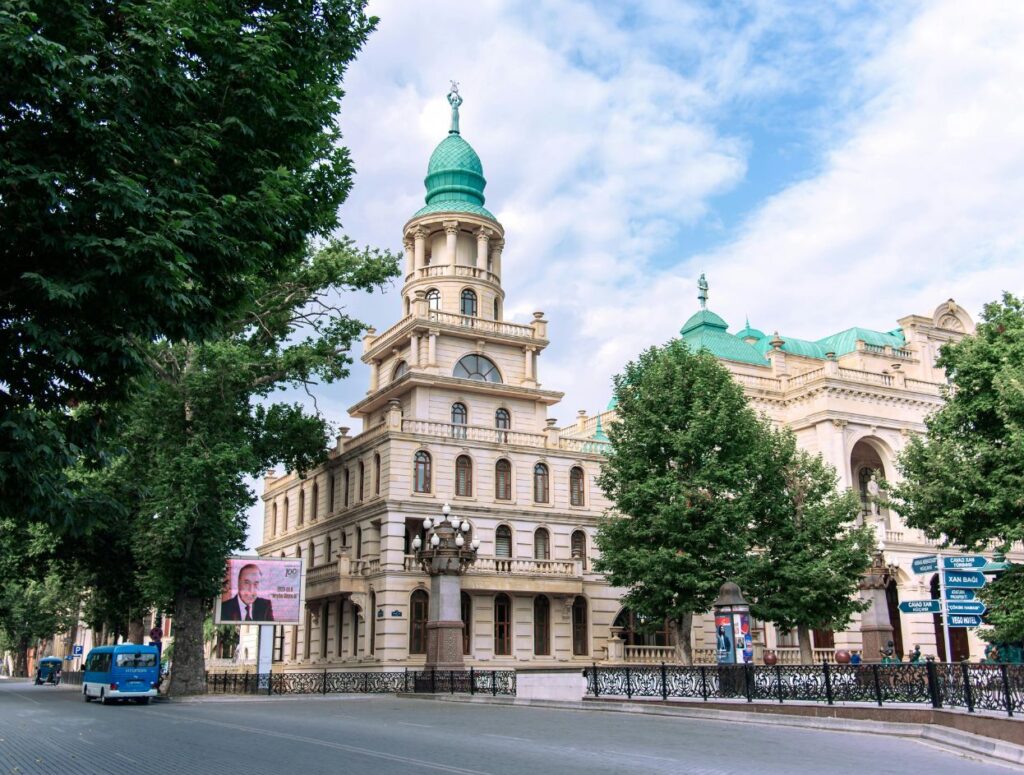
Ganja is the country’s second-largest city, with a quieter, more provincial feel than Baku and several important historic sites — it’s a good counterpoint to the capital’s bustle. The city is associated with the poet Nizami and has classical mausoleums and parks.
Highlights: Nizami’s mausoleum, Javad Khan street life, bottle-shaped Ganja Gate, and the nearby countryside. The city’s cafes and parks give a relaxed local vibe.
How to get there: Trains and intercity buses run regularly from Baku (trains take around 4 hours); private transfers are common.
Suggested stay: 1 night to explore; 2 if you want day trips to nearby sites.
4. Lankaran — tea, Caspian beaches & subtropical forests
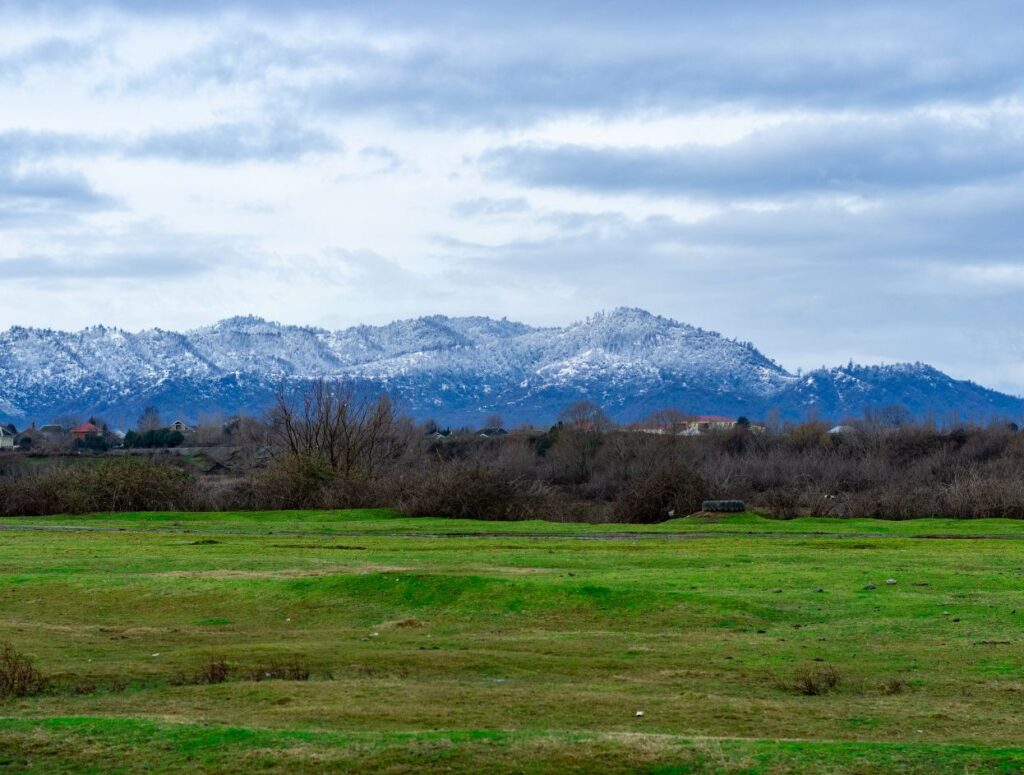
On the southern Caspian coast, Lankaran has a subtropical feel: tea plantations, citrus orchards, thermal springs and the Hirkan National Park with ancient forests. It’s a different ecosystem from the mountains and is well worth a visit for foodies and nature lovers.
Highlights: Tea plantations and plantation tours, Lankaran fortress and local cuisine (smoked fish, regional specialities). Day trips to Hiran National Park are the main natural draw.
How to get there: Road trip (5–6 hours from Baku) or overnight bus; some travellers include Lankaran on longer south-coast itineraries.
Suggested stay: 1–2 nights (enough to sample food and visit the forests).
5. Naftalan — unique oil therapy spa town
Naftalan is famous for its particular crude oil, traditionally used in therapeutic baths that locals swear help with skin and joint problems. It’s now a small medical/ wellness hub with purpose-built sanatoriums offering supervised oil treatments. Travellers interested in unusual wellness experiences come here.
Highlights: Supervised oil spa treatments in modern sanatoria; combine a stay with visits to nearby historical sites.
How to get there: Naftalan is reachable by road from Baku (roughly 4–5 hours) and is often done as an overnight health stop. Many sanatoriums offer transfers from Baku.
Suggested stay: 1–3 nights, depending on treatments booked.
6. Khinalug (Xinaliq) — one of the highest, oldest mountain villages
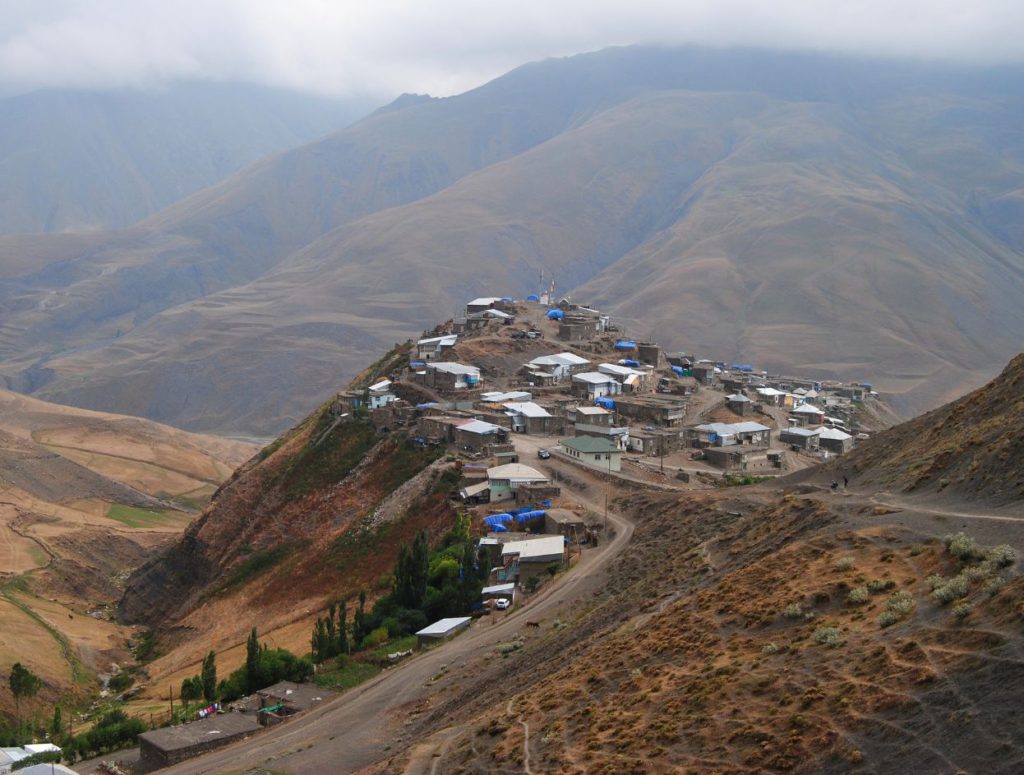
Khinalug sits over 2,000 m (about 6,500 ft) in the Caucasus and feels wonderfully remote — its stone cottages, terraced fields and age-old traditions make it a unique cultural visit. The village claims to be one of the oldest continuous settlements in the region and has its own language and customs.
Highlights: Panoramic mountain views, village archaeology and crafts, walking routes from the village into alpine meadows.
How to get there: Drive from Quba/Guba region via winding mountain roads; many tours and day trips run from Quba or Baku. Note that the roads are steep and sometimes rough — a 4×4 or experienced driver is recommended.
Suggested stay: Day trip possible, but an overnight is magical (sunrise over the valley).
7. Quba (Guba) & the apple valleys — landscapes and carpets
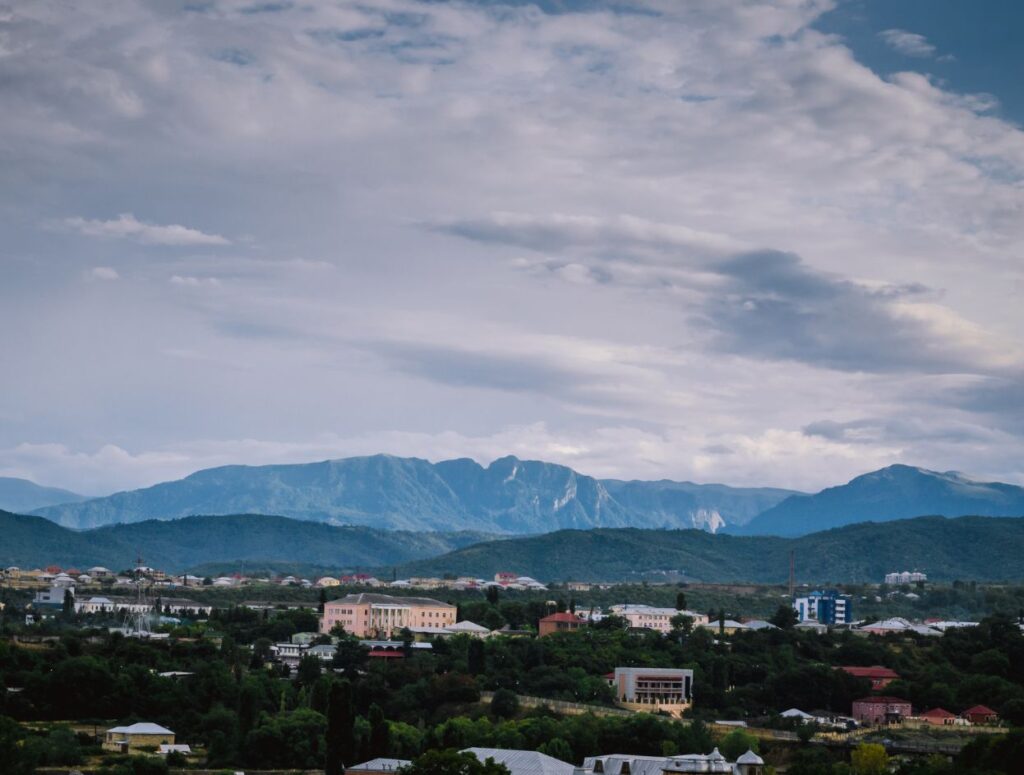
Quba is the agricultural heart of northern Azerbaijan — orchards, apple groves, and colourful mountain villages. It’s also a hub for carpet weaving and regional crafts. Combined with Khinalug, this region forms an excellent northern loop.
Highlights: Quba market and carpet shops, nearby villages like Krasnaya Sloboda (the Jewish quarter), and scenic countryside drives.
How to get there: Baku → Quba is ~2–3 hours by road; marshrutkas, private transfers and organised tours all run this route.
Suggested stay: 1 night (or combine with Khinalug for 2).
8. Lahij (Lahıc) — living craft village and copperwork
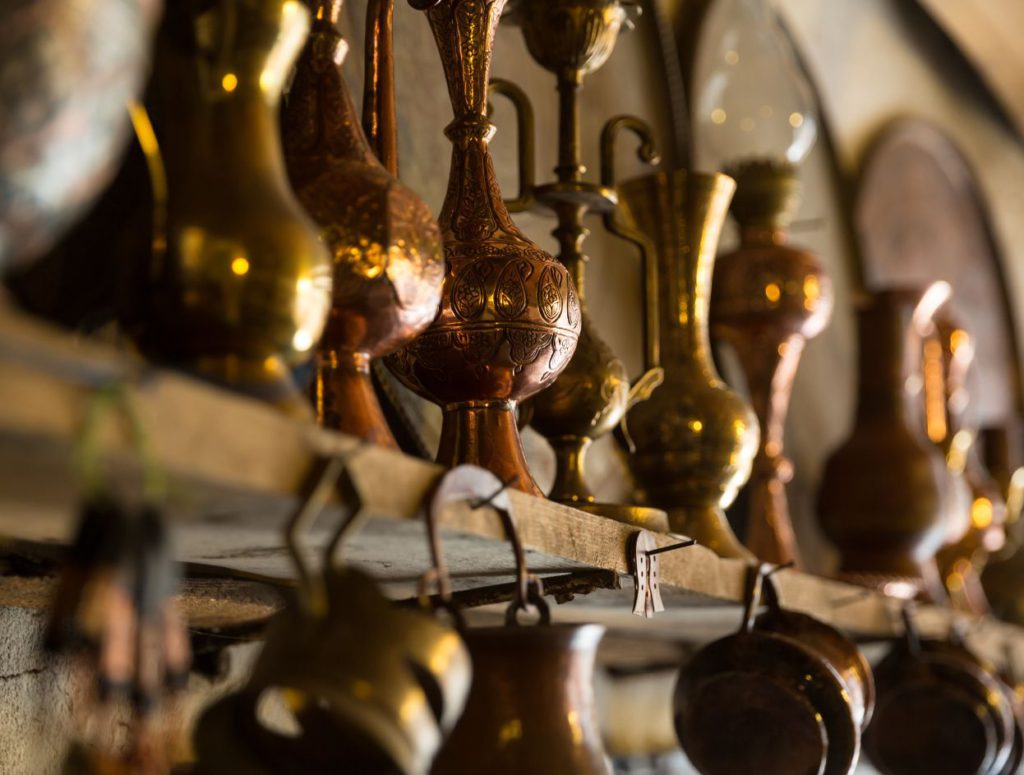
Lahij is a mountain village famed for copper craftsmanship. The village’s cobbled lanes, stalls of hand-made wares and living tradition of metalworking are a highlight for culture-seekers. The copper craft of Lahij is on UNESCO’s Representative List.
Highlights: Watching (and buying) copperware, walking the ancient lanes, local guesthouses and fresh mountain air.
How to get there: About 3–4 hours by road from Baku via a dramatic canyon; tours commonly include Shamakhi en route.
Suggested stay: Day trip possible, overnight recommended for a relaxed visit.
9. Shamakhi — ancient capital and historic mosques
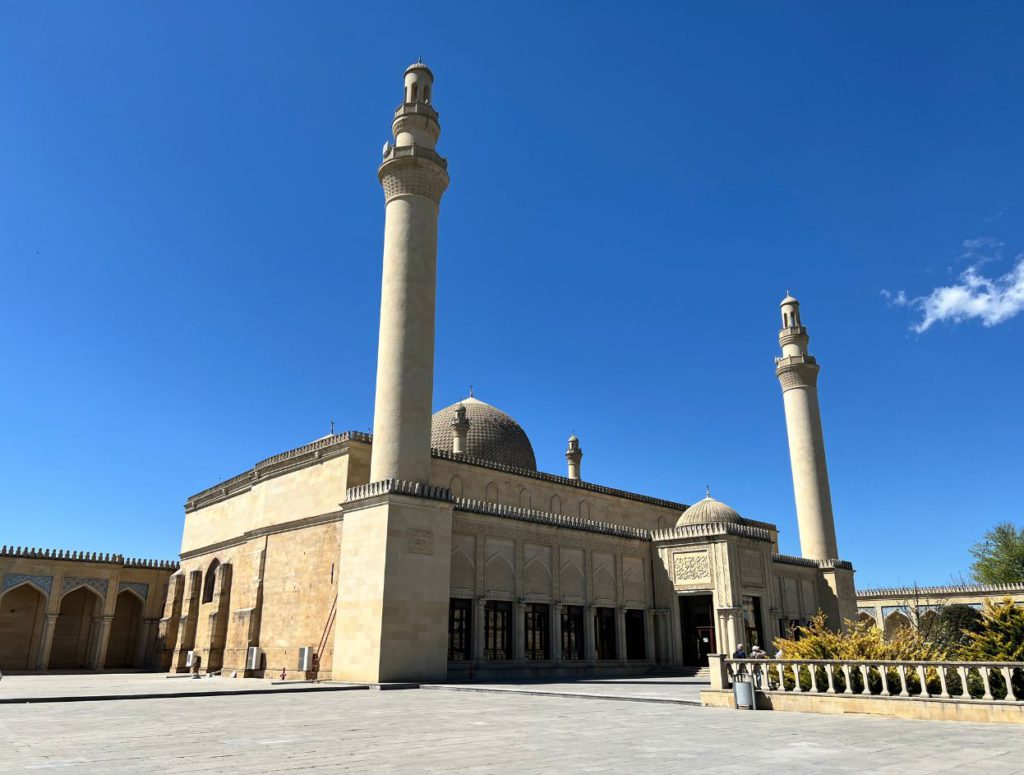
An ancient city that once served as a medieval regional capital, Shamakhi is home to the Juma (Friday) Mosque and the Yeddi Gumbaz (Seven Domes) mausoleum. Its long history and ruined monuments make it a rewarding stop.
Highlights: Juma Mosque (reconstructed over centuries), the Seven Domes mausoleum and scenic drives through the Shirvan hills.
How to get there: A comfortable day trip from Baku by car or bus — Shamakhi lies roughly 1.5–2 hours west of the capital, depending on route and stops. Many day tours pair Shamakhi with Lahij.
Suggested stay: Day trip or 1 night to slow down.
10. Nakhchivan (Naxçıvan) — the isolated exclave full of history
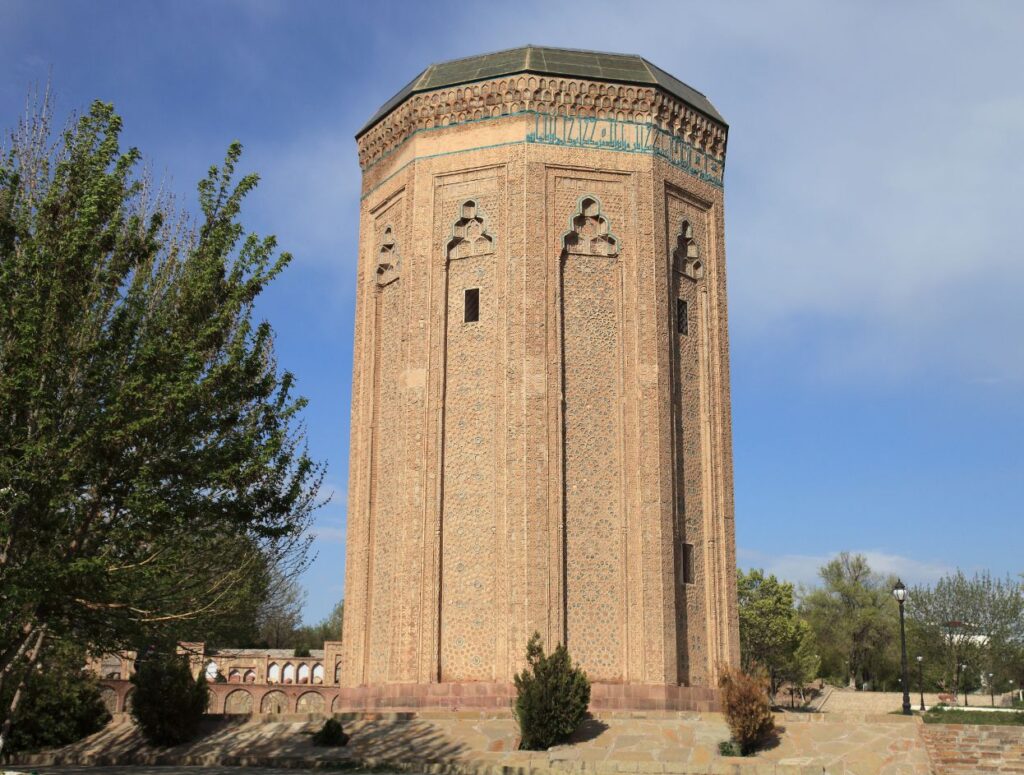
Nakhchivan is an autonomous Azerbaijani exclave separated from the mainland by Armenia. It’s a compact region with its own character: Seljuk-era mausoleums, castles like Alinja, sacred caves and strange, windswept landscapes. The Momine Khatun Mausoleum is a standout architectural attraction.
Highlights: Momine Khatun Mausoleum, Alinja Castle (the “Machu Picchu of Azerbaijan”), Ashabi-Kahf cave, Duzdag salt therapy centre, Ordubad’s old streets and local fruit orchards.
How to get there: Because the exclave is separated by closed land borders, the usual way to visit is by flight from Baku to Nakhchivan Airport (regular domestic flights). There are also occasionally international flights in/out, depending on the schedule. Visiting requires planning in advance due to limited transport options.
Suggested stay: 2–3 nights to get beyond the city and see the surrounding monuments.
11. Absheron & Gobustan (rock art and coastal ruins)
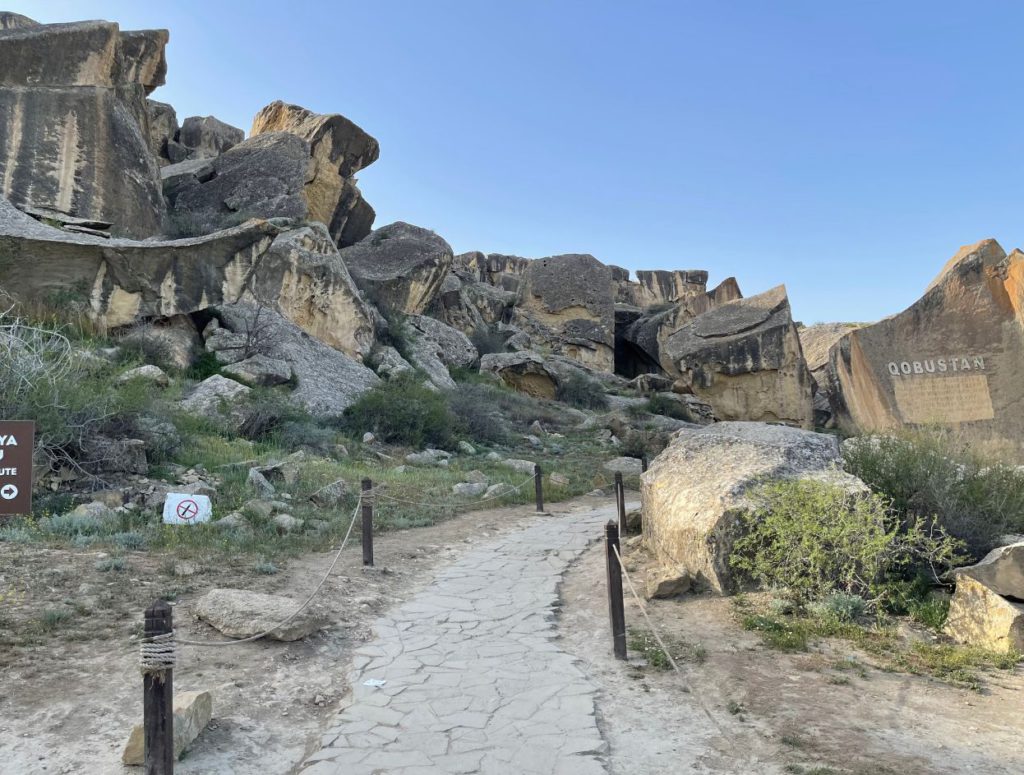
If you’re extending from Baku rather than starting there, Gobustan’s petroglyphs and mud volcanoes are a unique natural + archaeological duo, and the Absheron peninsula has weathered coastal forts and oil-era history. These are classic half-day to full-day excursions from Baku and work well en route to other regions.
Highlights: Gobustan rock carvings and the open-air museum, mud volcanoes, Ateshgah Fire Temple and the old oil-industry sites on Absheron Peninsula.
How to get there: Short drives from Baku or part of many organised tours; marshrutkas/buses run to Gobustan/Zakatala checkpoints.
Suggested stay: Day trip or overnight if you want to camp near the mud volcanoes.
Need more details? Here is our blog post on how to visit Gobustan and Absheron Peninsula
12. Ordubad and the Aras valley (deep history & quiet towns)

In the Nakhchivan region and along the Aras, Ordubad is an old trading town with narrow lanes and historic houses. The river valleys here connect to ancient trade routes and some dramatic bridges and ruins. Combine with Nakhchivan for a quieter, historical leg of a trip.
Highlights: Old town streets, regional cuisine, ancient bridges and orchards.
How to get there: Accessible via Nakhchivan city (road), typically visited as part of a multi-day tour of the exclave.
Suggested stay: 1 night as part of a Nakhchivan circuit.
Popular ways to travel around Azerbaijan
Azerbaijan is compact by many country standards — the capital Baku is a good hub — but infrastructure and the character of places vary, so here are the realistic travel methods you’ll use.
1. Domestic flights
Consider taking a flight when you’re short on time or heading to Nakhchivan, or want the quickest link to Gabala in bad weather. Azerbaijan Airlines (AZAL) runs domestic routes, and there are seasonal services to smaller airports. Domestic flights can dramatically shorten itineraries but check schedules (they vary by season).
2. Trains
Take a train when travelling between major cities like Baku–Ganja. Trains are comfortable, inexpensive and a relaxed way to see the countryside — overnight sleeper options exist on some routes. The national railway has several intercity services.
3. Coaches and marshrutkas (minibuses)
These are best for budget travel between regional towns. Coaches are reliable for scheduled intercity service; marshrutkas are quick and frequent on many routes (but can be crowded). Bus terminals in Baku offer routes to Sheki, Ganja, Lankaran and the north.
4. Private car hire and self-drive
This is a great option if you want flexibility for mountain roads, photo stops and small villages. Main highways are generally in good condition, but mountain roads can be narrow and steep — choose a sturdy car and an experienced driver for Khinalug and other highland villages. Rental companies operate from Baku and the airports.
5. Organised day tours & private transfers
Book these if you prefer convenience and a guide (useful for Gobustan, Nakhchivan day-tours, Sheki or Lahij day trips). Tour companies offer hotel pickup and combined itineraries — ideal for short stays.
6. Ferries (limited) & local taxis
For short local hops, taxis are cheap, but agree on a price or insist on the meter if not booking via an app. The most commonly used apps are Grab, Uber and Yango, which will give an idea of a fair price and the convenience to book from anywhere. Ferry options are limited and mainly seasonal or industrial; most travel is by road/air/train.
Practical tips & route ideas
Plan region loops: Classic circuits are Baku → Shamakhi → Lahij → Sheki → Gabala; or Baku → Quba → Khinalug north loop. For the south: Baku → Lankaran → Astara. Nakhchivan needs separate planning (fly there from Baku).
Book Nakhchivan in advance: Flights are limited, and the exclave’s isolation means fewer last-minute options.
Language & money: Azerbaijani uses the manat (AZN); Russian and some English are widely spoken in towns, less so in tiny villages—download offline maps and have a phrasebook for rural visits.
Road safety: Major highways are generally good; hire a local driver for mountain excursions where the roads and signage can be challenging.
Cultural sensitivity: Many sites are religious or historic; dress modestly at shrines and mosques, and follow local customs when visiting small villages.





No Comments